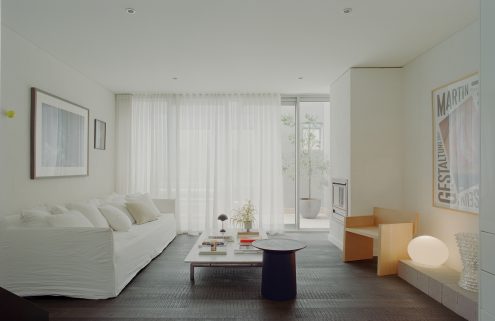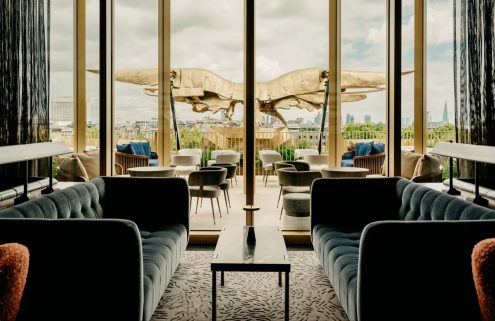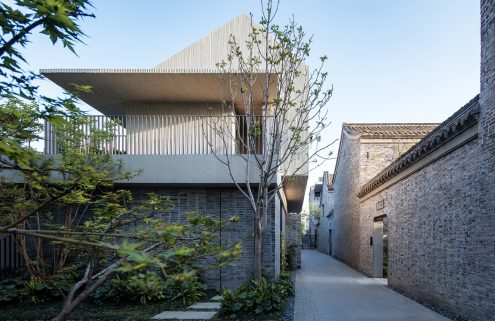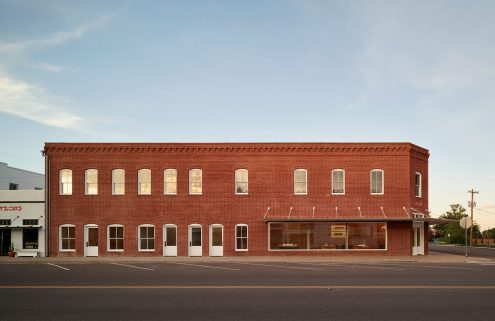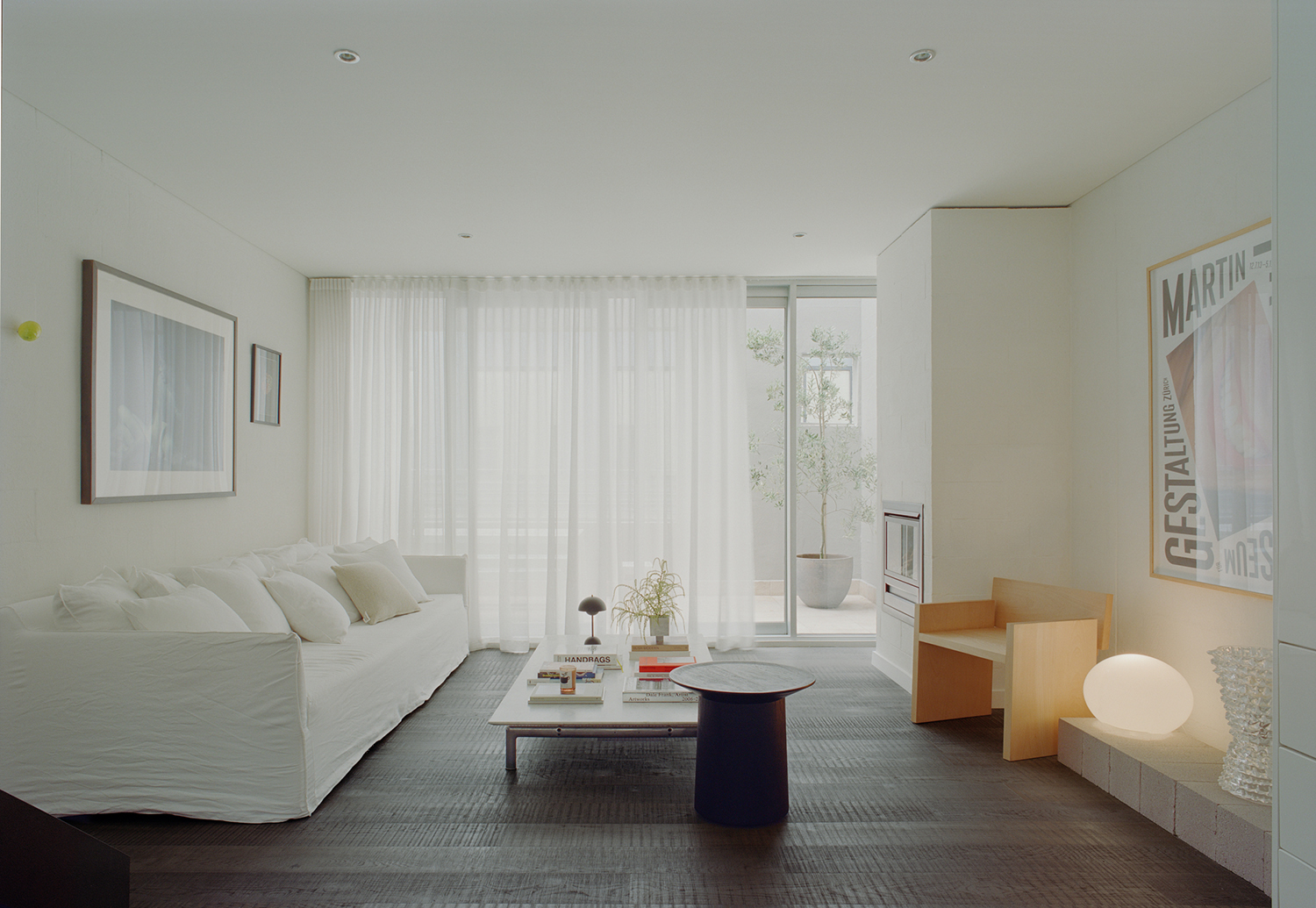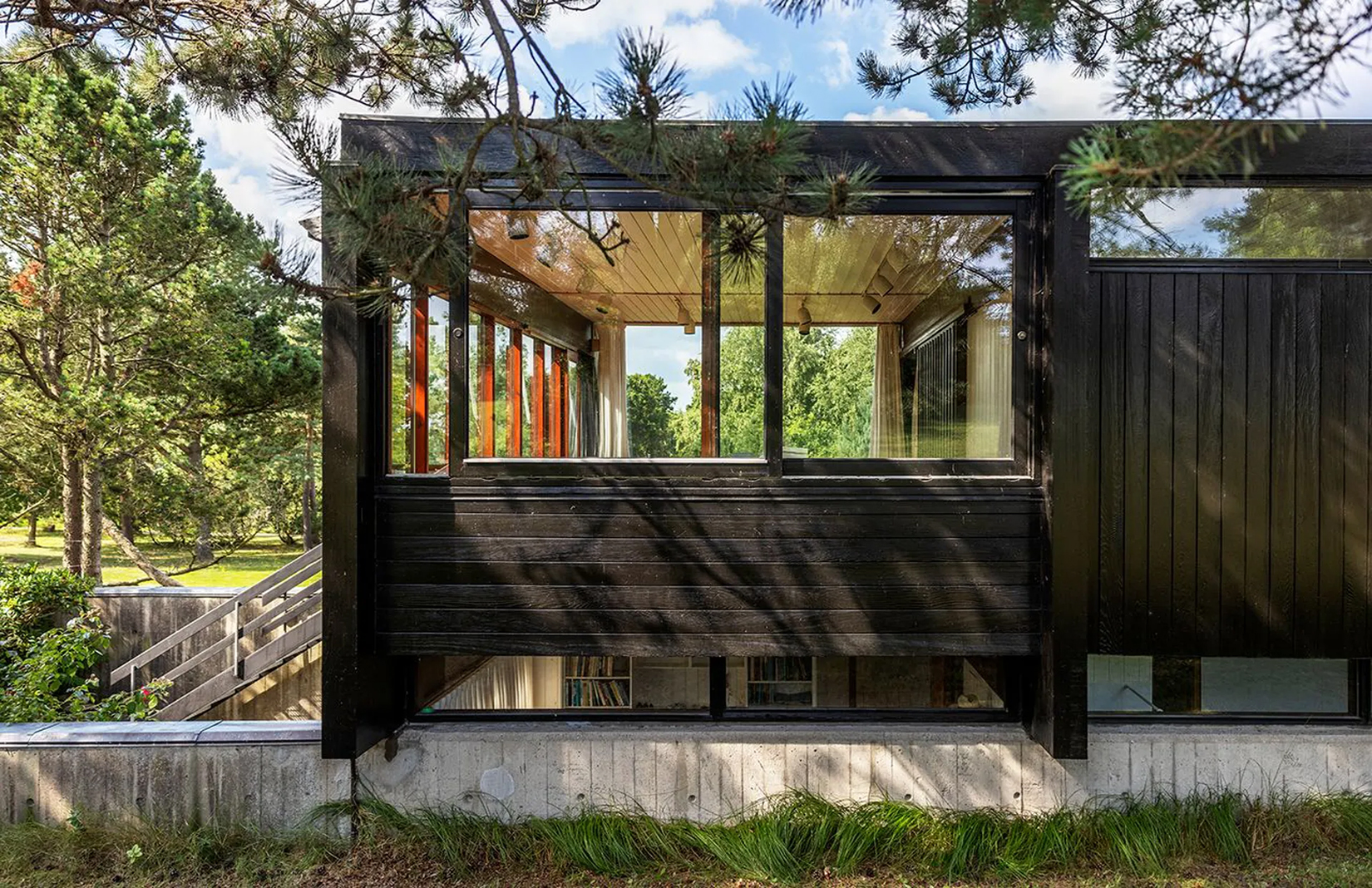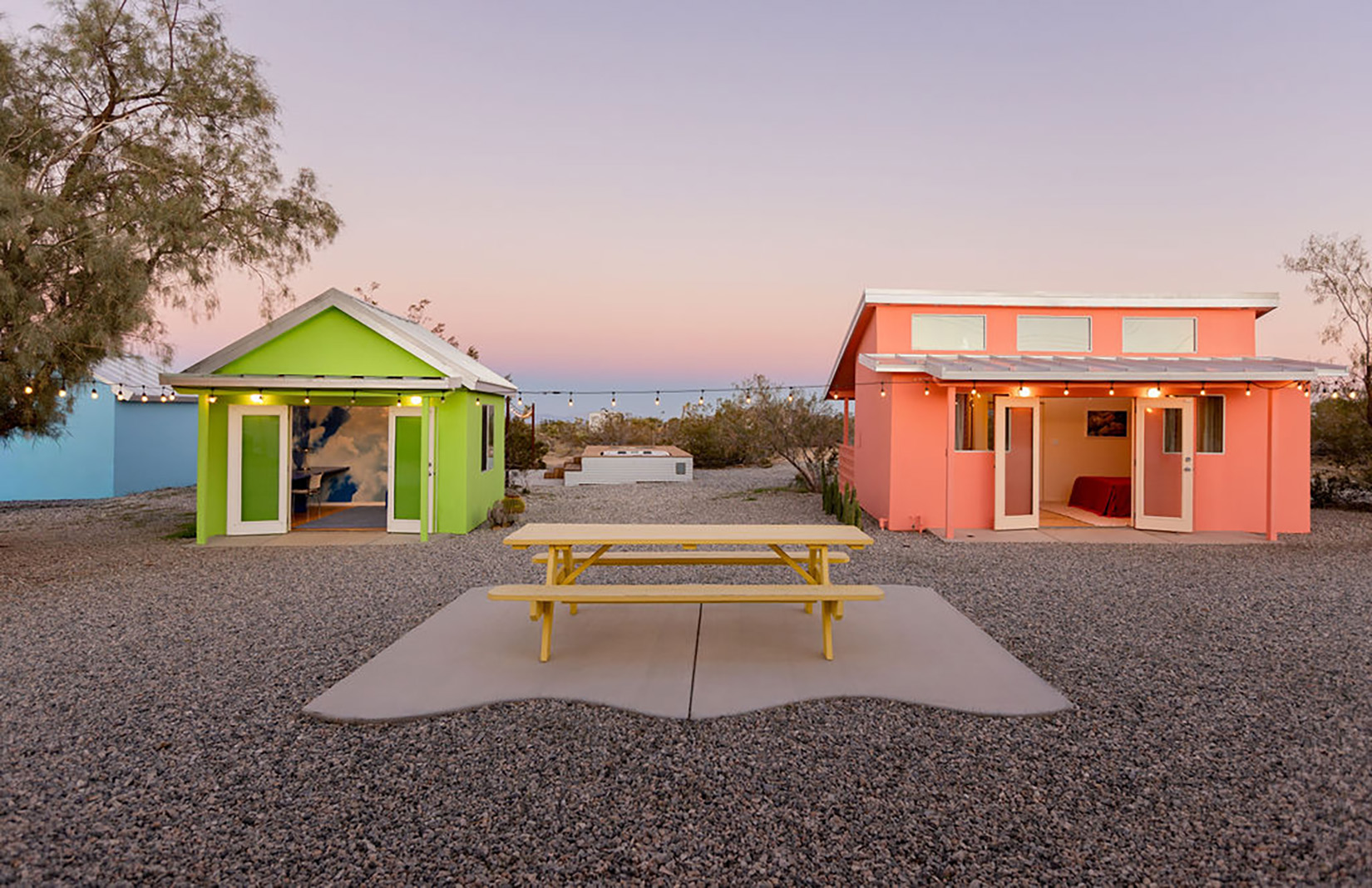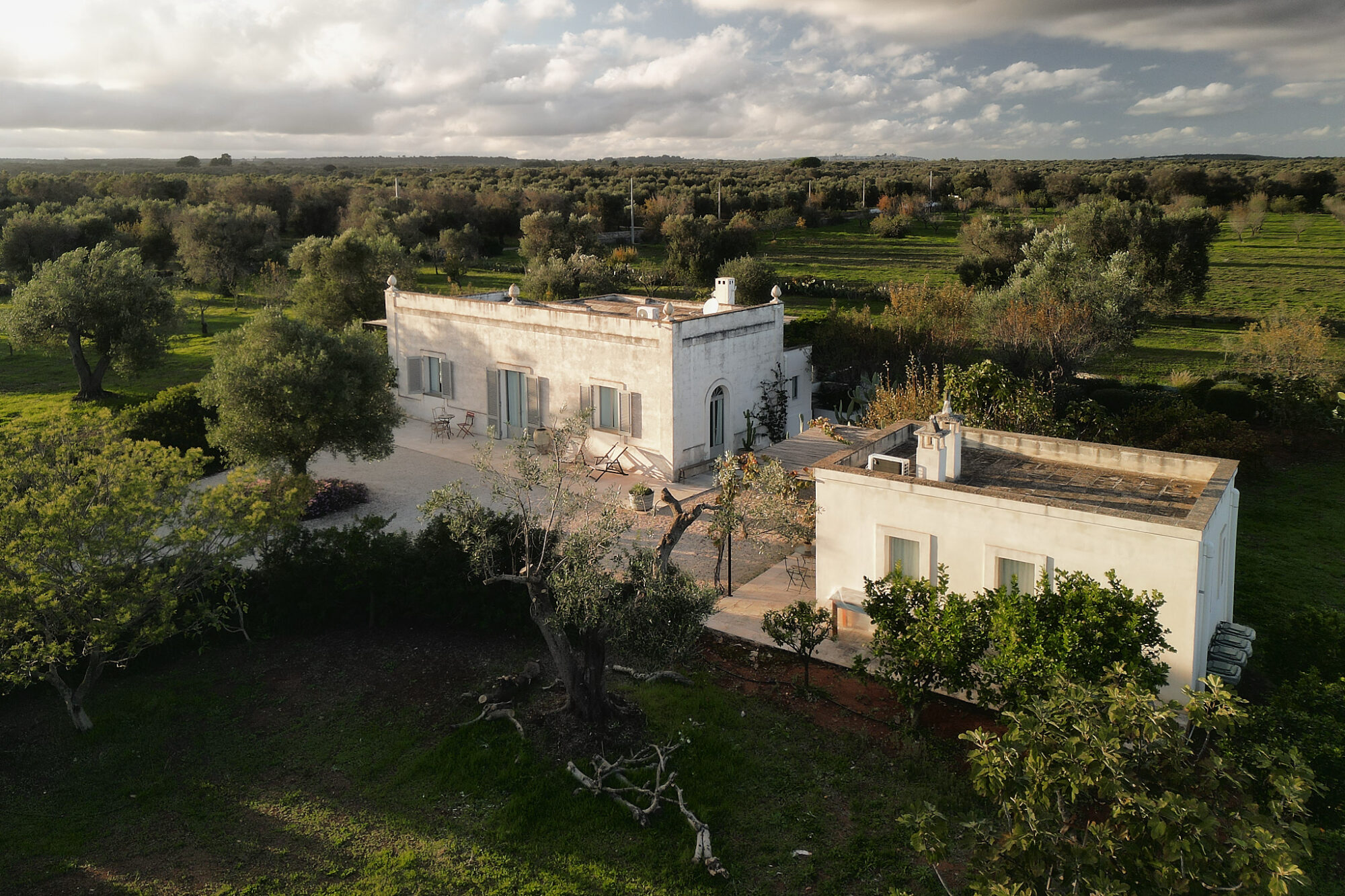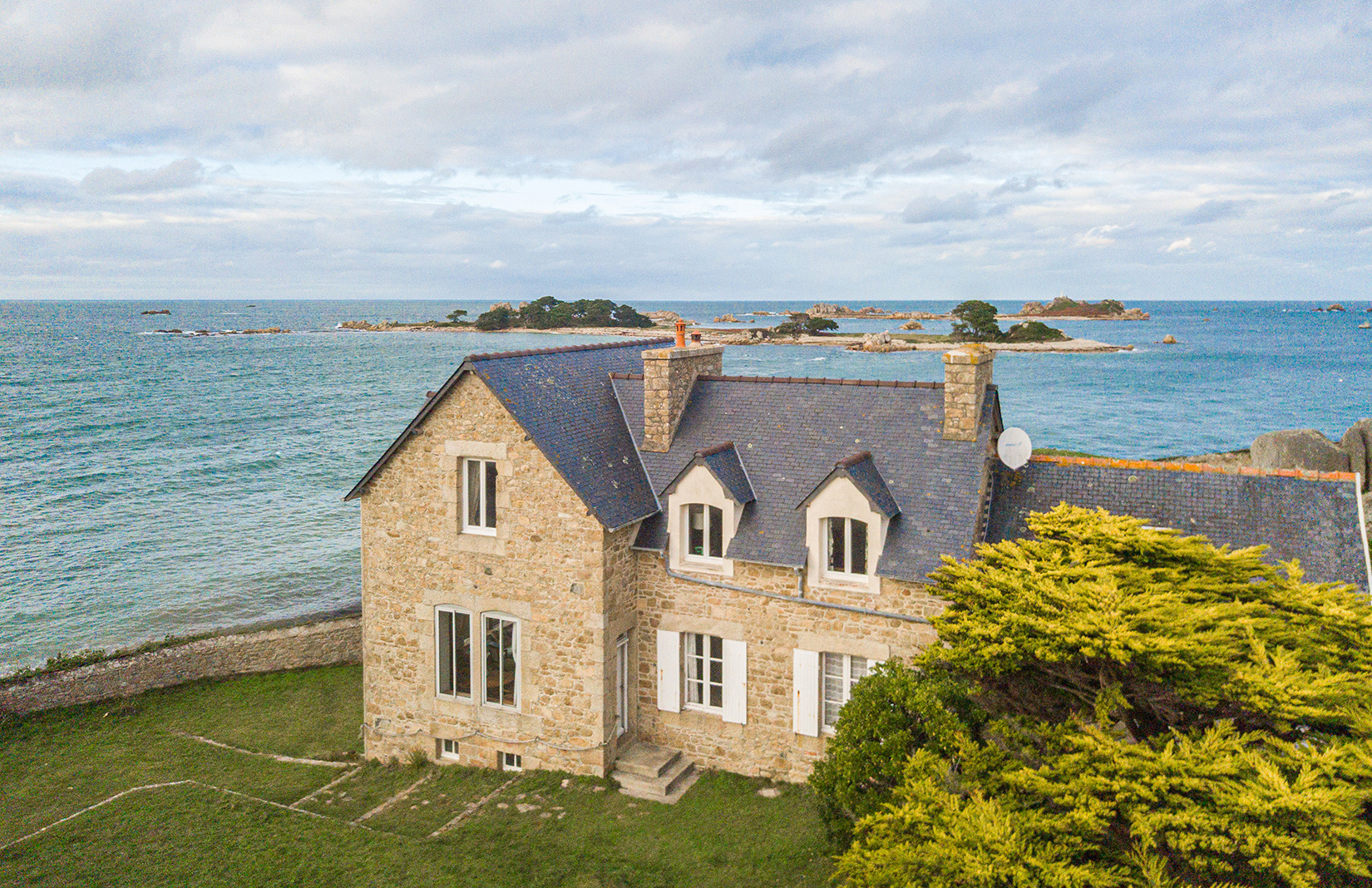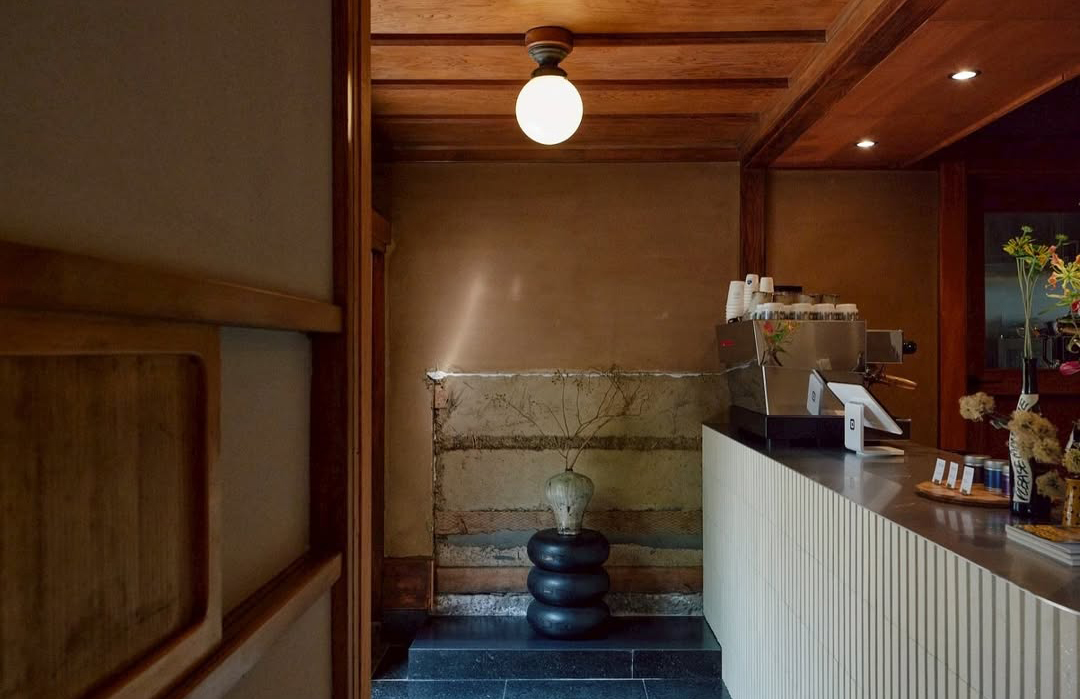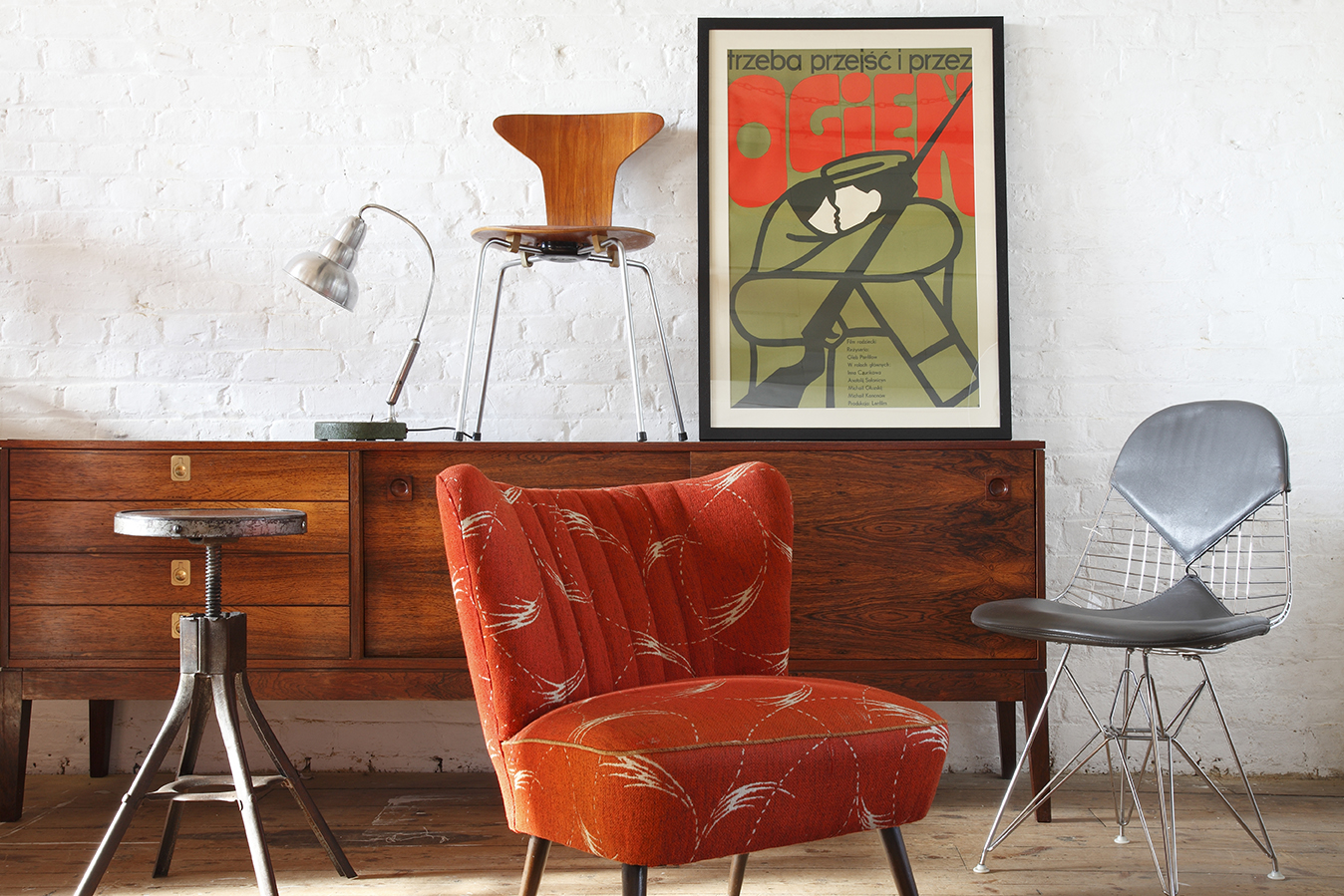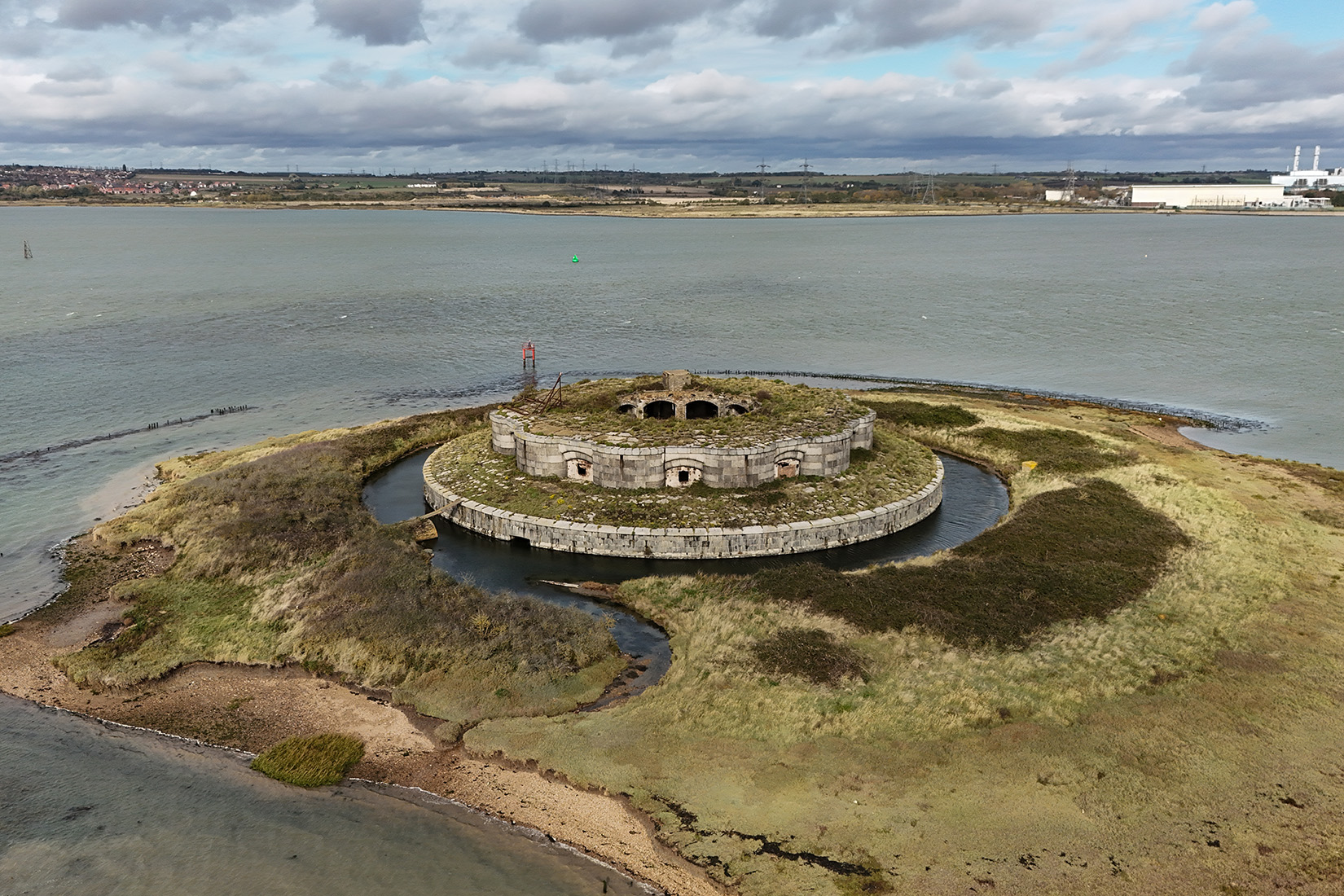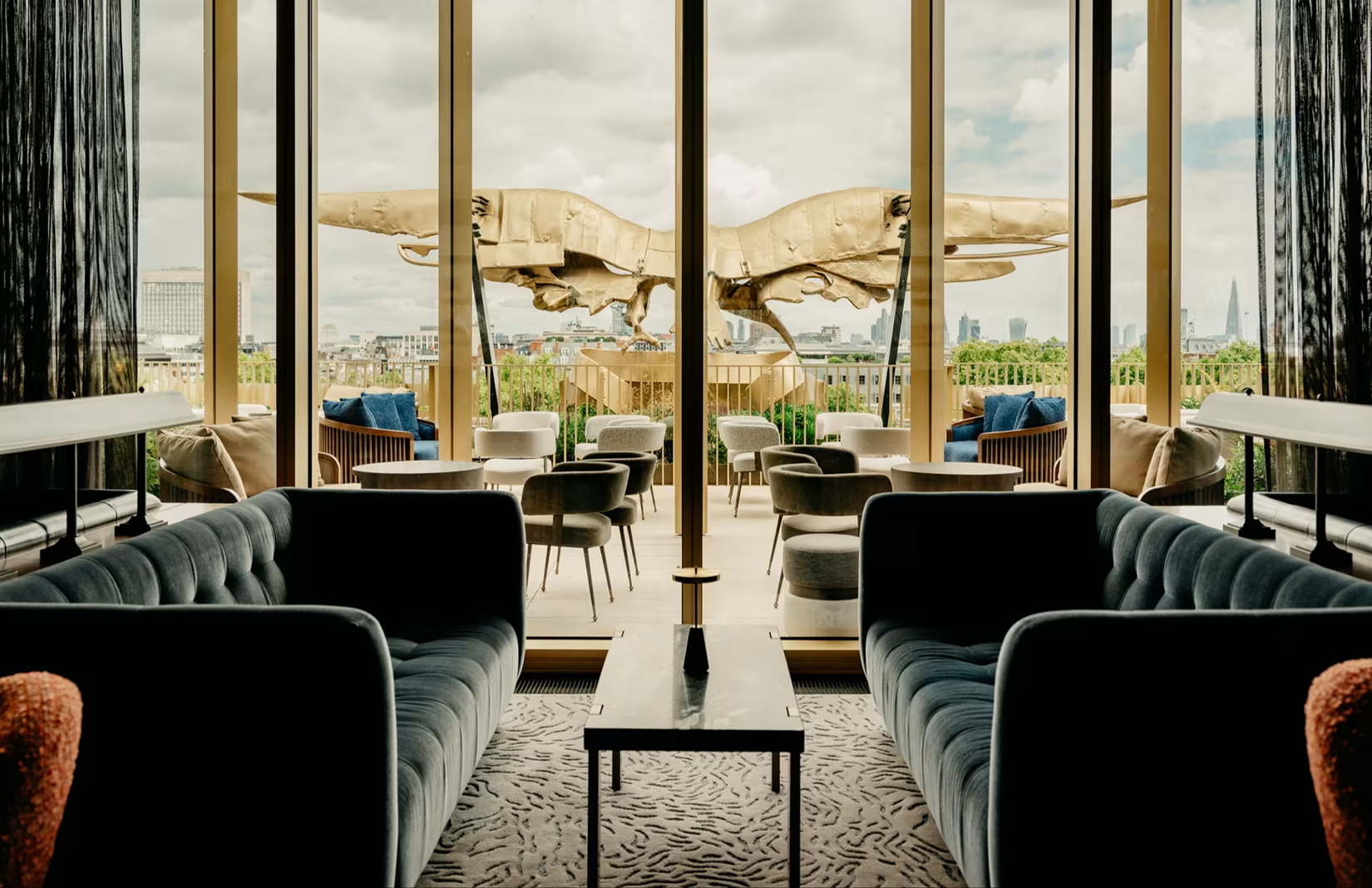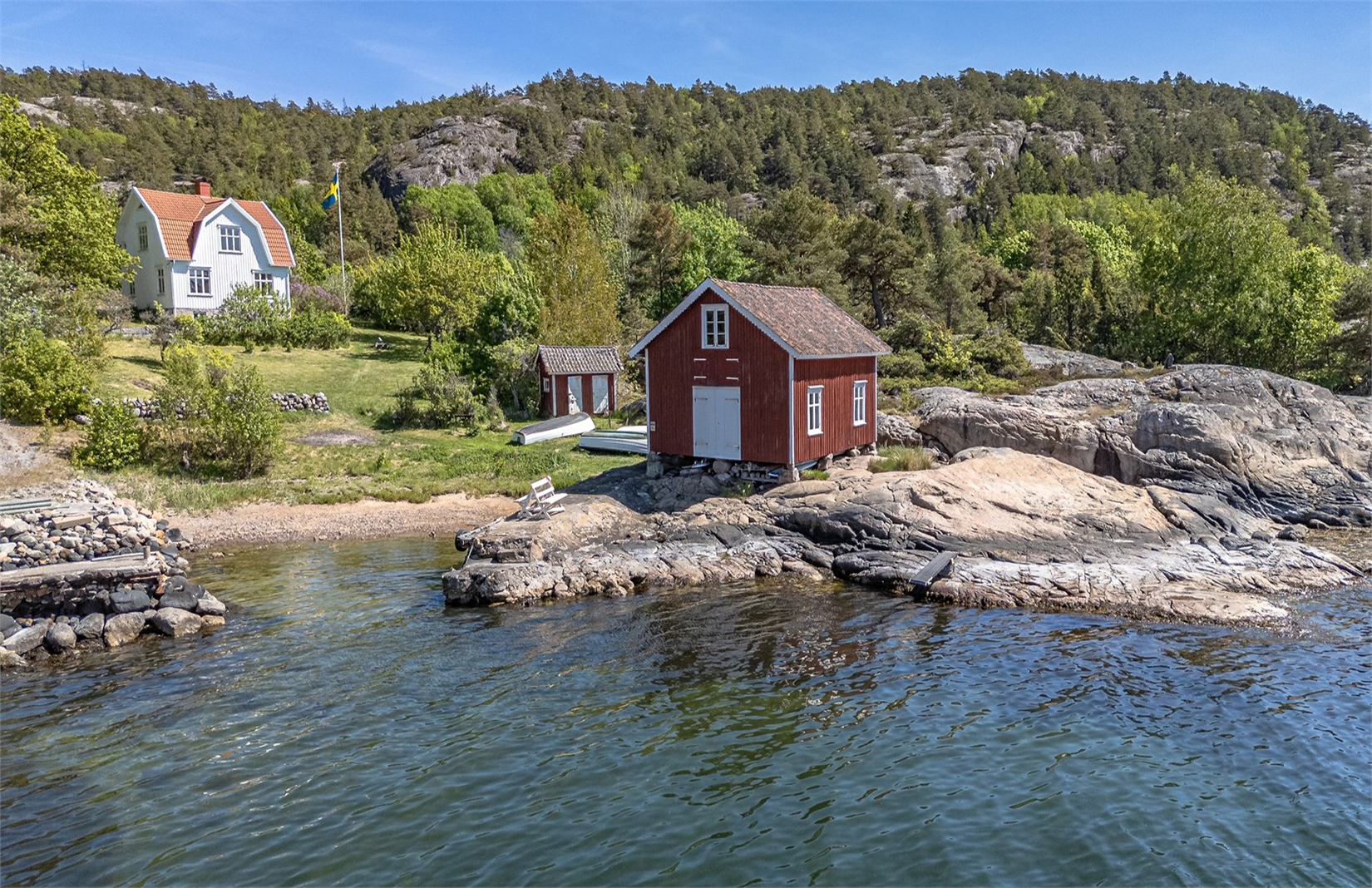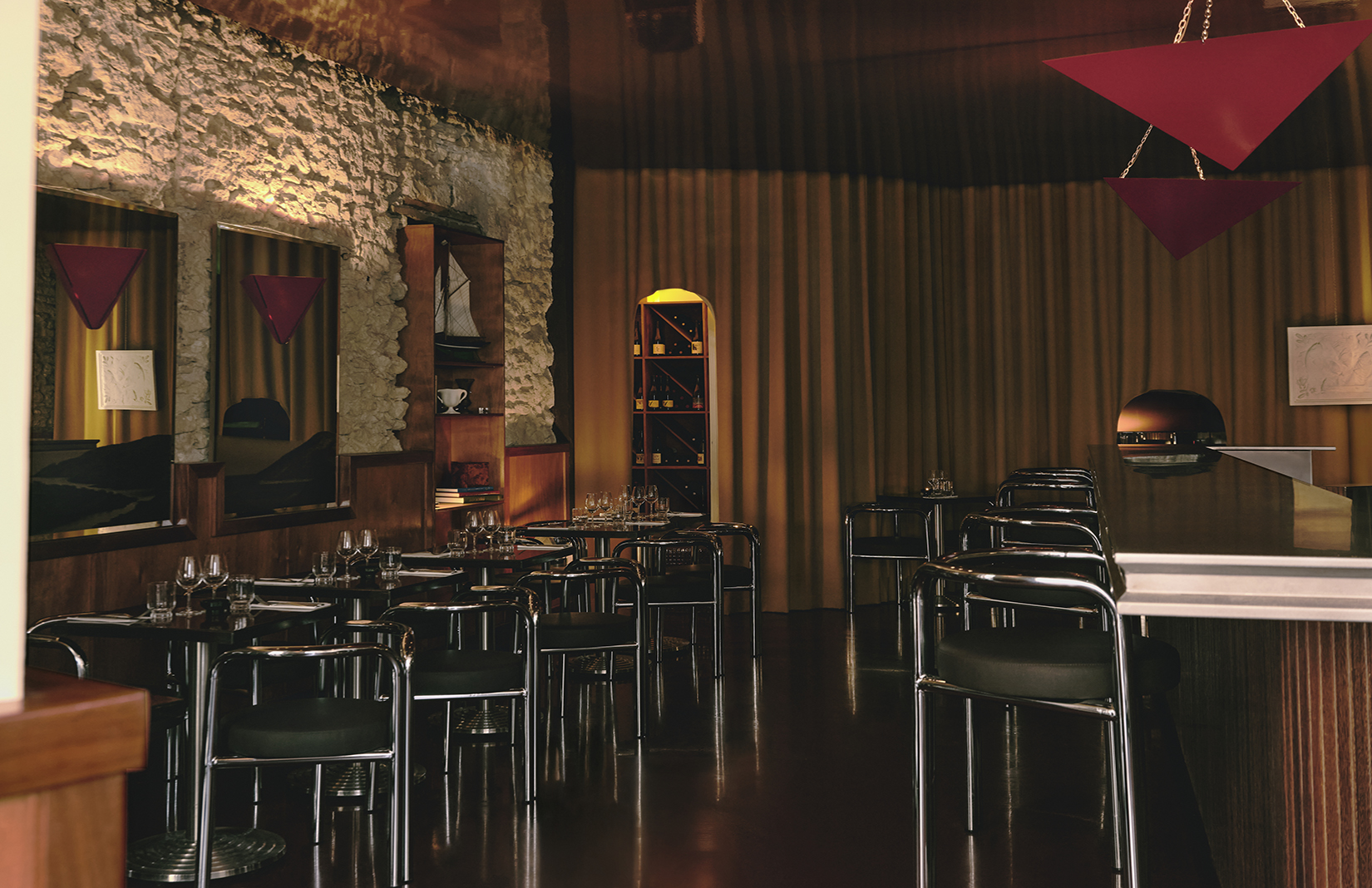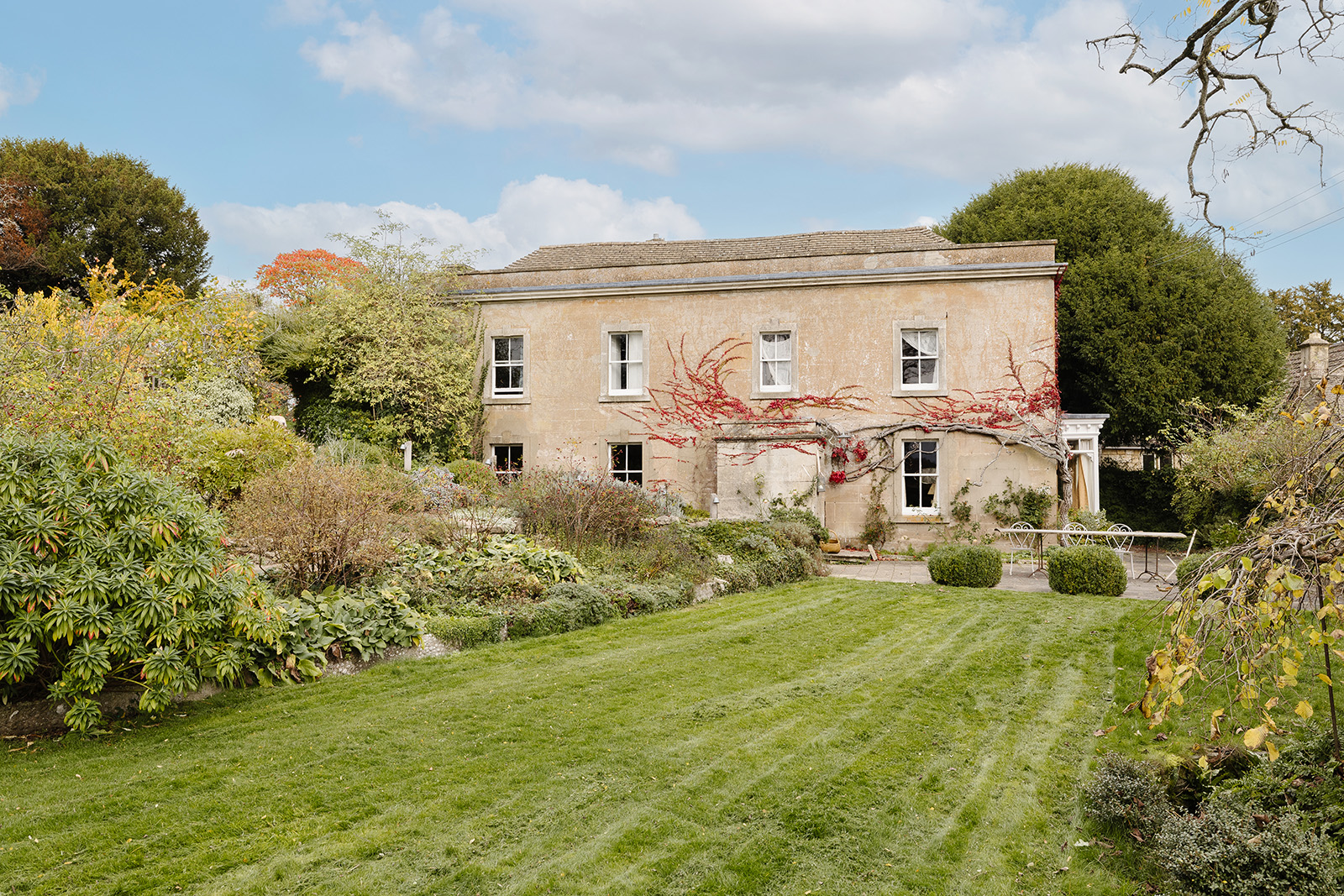
Photography: Petr Polák
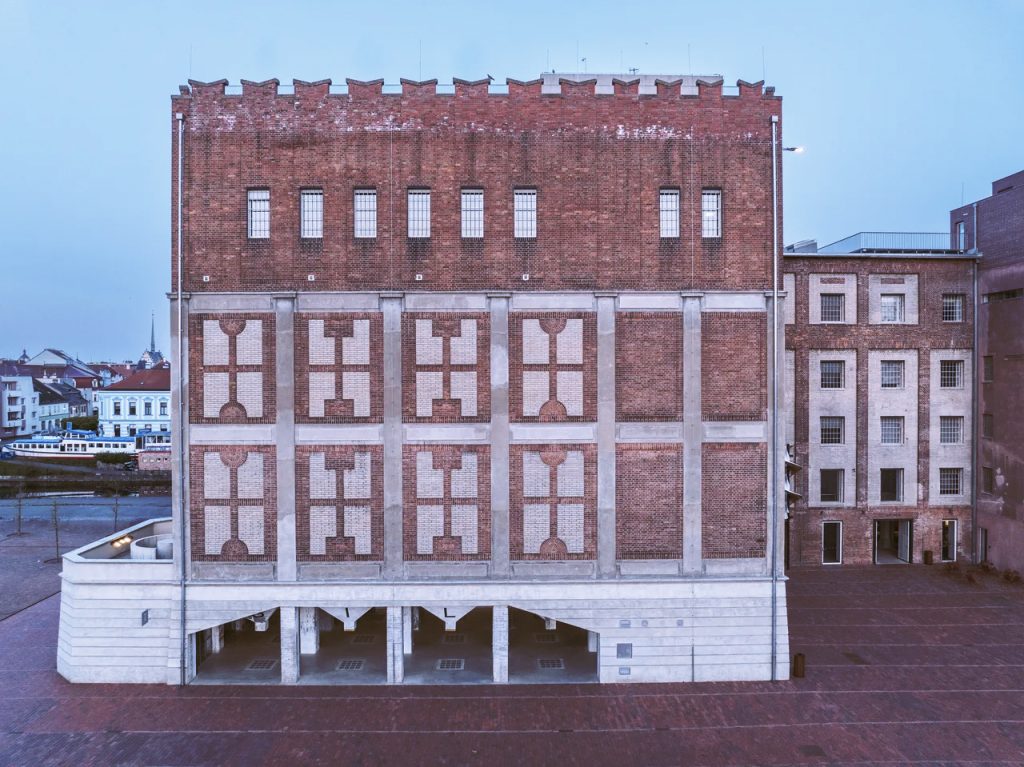
Photography: Petr Polák

Photography: Petr Polák

Photography: Petr Polák

Photography: Petr Polák

Photography: Petr Polák

Photography: Petr Polák

Photography: Petr Polák

Photography: Petr Polák

Photography: Petr Polák

Photography: Petr Polák

Photography: Petr Polák

Photography: Petr Polák
Could architect Josef Gočár have predicted his fortress-like silo would survive a century of use? Perhaps, given the extraordinary charm of his 1924 design. Part of Automatic Mills, now a national cultural monument overlooking the Chrudimka River in Pardubice, Czechia, the brick and stone facade obscures the building’s original function, to store the city’s grain supply, with striking patterns and crenellations.
And it continues to do so. A recent intervention by Prague architects Prokš Přikryl reinvented the core of the structure with bridges and spiralling stairs, so visitors could access the silo’s new function: a great hall for theatre, concerts and social events.
Occupying the former machine room on the fifth floor, the hall has a new glass-block floor to grab light from the void below. Just above, a roof terrace and lounge offers 360-degree views around Pardubice. The architects have made both levels fully accessible.

The original grain bins have been opened up and repurposed as exhibition spaces. Elsewhere, the architects exercised restraint, maintaining the materials and patina of the historic building as part of its adaptive reuse. The atrium and staircases are executed in industrial concrete and steel.
The silo forms part of a larger multipurpose facility across the entire Automatic Mills property, and Prokš Přikryl has enhanced the connection between the various functions.
Opening up the ground floor to the public square enabled a covered community space to take shape beneath the grain bins. Visitors can wander in from the large brick piazza, admire the clever interventions and use the facilities in the basement, lit by glass blocks on the main floor. Drill holes and scars remain in the wide, new opening where the partition walls once held in the national stockpile.





